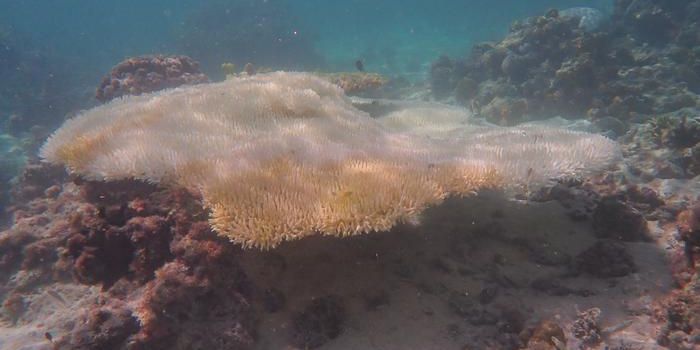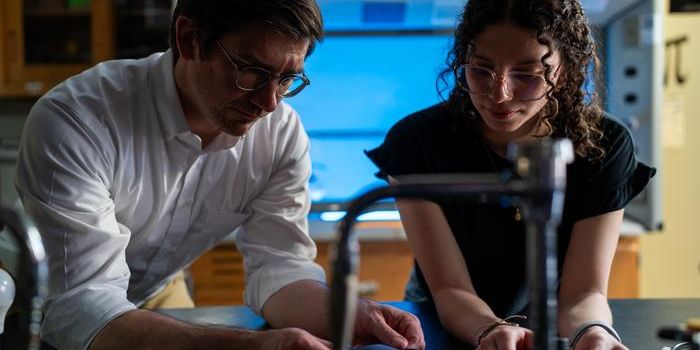A Light-Powered Sail That Could Travel To Alpha Centauri in 20 Years
Alpha Centauri is the closest star system to our solar system, located just over four light years away. First discovered in 1915, Alpha Centauri has been an object of fascination among astronomers and, interestingly, lawmakers; back in 2016, U.S. lawmakers pushed NASA to find ways to get to Alpha Centauri by 2069, the 100th anniversary of the moon landing.
The problem, however, is that even though 4 light years sounds relatively small given the overall size of the universe, available technology could not get a crew there in a human lifetime. Conventional rockets, for example, could still take an estimated 80,000 years to get there. That’s why new approaches are needed if we are to get to Alpha Centauri.
A group of researchers at UCLA (part of the Breakthrough Starshot Initiative) are doing just that. Together, they’ve focused their efforts on designing a sail (think—cloth sails that moved ships across oceans) that uses light itself to move things through space. If the sail works as intended, it could currently move something as small as a microchip at a fraction of the speed of light, cutting the time to Alpha Centauri to almost 20 years.
The specifications for the sail are outlined in several papers published in Nano Letters.
One of the papers outlines the sail's proposed structure, which researchers argue should not be a flat sheet but, instead, should curve, like a billowing sail. Such an approach could reduce the risk of tearing, a big risk considering that the sail would be moving at a fraction of the speed of light. In the curved design, light photons would fill the curved space, helping propel objects through space.
The other paper describes how the sail could radiate excess heat, something that could be a problem given the lasers needed to provide the light energy to the sail to help it move.
Researchers note that while the specifications for their sail represents a significant step forward, there is much to be done to build something that is functionally capable of carrying actual humans that distance.
Sources: Science Daily; Nano Letters; Science








